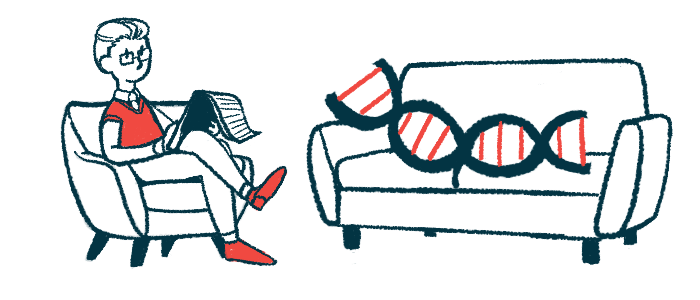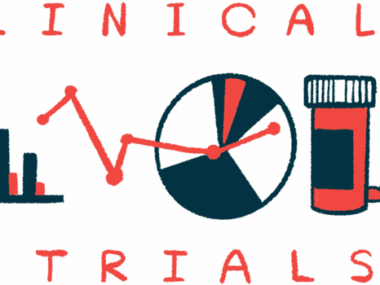Gene therapy GTX-102 granted FDA breakthrough designation
Ultragenyx treatment for Angelman now being tested in Phase 3 trial
Written by |

The U.S. Food and Drug Administration (FDA) has granted breakthrough therapy designation to GTX-102 (apazunersen), a gene therapy being developed by Ultragenyx Pharmaceutical for treating Angelman syndrome.
“FDA breakthrough therapy designation underscores both the urgent need for an effective treatment for patients and families affected by Angelman syndrome and the clinically meaningful results demonstrated to date with GTX-102,” Eric Crombez, MD, chief medical officer of Ultragenyx, said in a company press release announcing the new status.
In a now-completed Phase 1/2 clinical trial, dubbed KIK-AS (NCT04259281), GTX-102 led to developmental improvements in pediatric patients ages 4 to 17 when treated for up to three years. Each of the children and teens had a complete loss of the maternal UBE3A gene.
Those results supported the FDA’s decision to grant breakthrough designation, which aims to accelerate the development of therapies for serious conditions that show the potential for significant improvement compared with existing treatments.
Ultragenyx is now recruiting participants for its Phase 3 Aspire trial (NCT06617429), being conducted at sites around the world to further evaluate the treatment’s effectiveness.
A rare neurodevelopmental disorder, Angelman is caused by a missing or mutated maternal copy of the UBE3A gene. Although individuals inherit a second copy of the gene from their father, it is typically inactive in the brain and spinal cord.
Without a working UBE3A gene, individuals can experience a range of symptoms, such as intellectual disabilities, motor challenges, and distinct physical characteristics.
GTX-102 is designed to overcome the loss or mutation of the maternal gene by activating the paternal copy in neurons, or nerve cells. The therapy consists of a short strand of genetic material injected into the spinal canal. It works by blocking a molecule involved in the genetic regulation of UBE3A, thereby reactivating the normally silent paternal gene.
Global Aspire study to test GTX-102 in over 100 children
The Phase 1/2 trial focused on individuals who completely lacked the maternal UBE3A gene. No serious side effects related to the therapy were reported. Most participants (80%) experienced clinically meaningful improvements in areas such as cognition, communication, motor function, sleep, and behavior, with some showing progress in multiple domains.
“Based on the strength of the Phase 2 data and with strong support and interest from the Angelman syndrome community, our Phase 3 Aspire study is rapidly enrolling across our global sites,” Crombez said.
The company plans to enroll approximately 120 children, ages 4 through 17, who are missing the maternal UBE3A gene. Participants will receive either GTX-102 or a placebo for 48 weeks, or nearly one year. Afterward, all participants will receive GTX-102 during an open-label extension of the same duration.
We look forward to advancing GTX-102 through the development process as rapidly as possible to bring this potential treatment to patients.
Treatment will begin with low doses administered every four weeks, followed by a gradual increase in dosage and a longer interval, as long as 12 weeks, between injections.
Aspire’s primary goal is to assess changes in cognitive function as measured with the Bayley-4 Cognition Raw Score. Researchers will also look at metrics of communication, motor function, and other behaviors, as well as any side effects.
By the second half of this year, Ultragenyx plans to launch another trial of GTX-102, called Aurora. That trial will involve participants with a greater range of ages and genetic variants of UBE3A.
“We look forward to advancing GTX-102 through the development process as rapidly as possible to bring this potential treatment to patients,” Crombez said.






